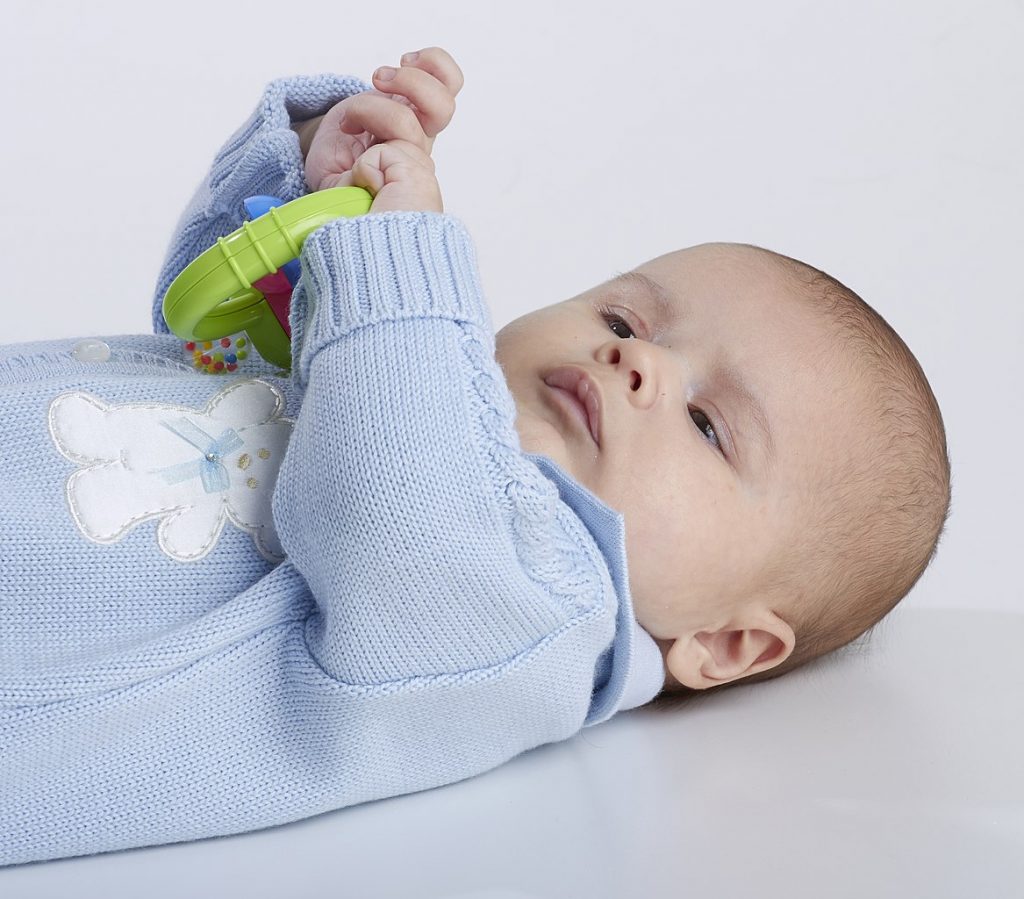Children may be less likely to develop COVID-19, but they can get it too; and it may be more severe for infants.

Reports on the new coronavirus disease COVID-19 have reassured us that children are less likely to be infected and are likely to have milder symptoms. An information page on the Seattle Children’s Hospital website reports that there have been no deaths of children from COVID-19 anywhere in the world. Other sources confirm that no patient under the age of 9 has died of the disease.
Now the NEJM’s Journal Watch has reported a new study in China that provides additional information.
It was an epidemiological study of 2,143 children in the Wuhan area of China; 731 of them had laboratory-confirmed SARS-CoV-2 nucleic acid diagnoses and 1,412 had suspected COVID-19 based on clinical symptoms and/or clinical laboratory results. The median age was 7 years with a range of 1 day to 18 years; 57% were boys. 50% of them lived in Wuhan itself and the rest were from adjacent areas. The disease spread rapidly during January and slowly declined in February, as draconian government-mandated measures slowed transmission by restricting travel and enforcing social isolation.
Results
- 4% of these children were asymptomatic
- 90% had mild or moderate disease: 50.9% mild and 38.8% moderate
- 5% had severe disease with oxygen saturations <92%
- 13 cases (0.6%) had critical disease with acute respiratory distress or respiratory failure and organ dysfunctions that could be life-threatening.
- Of the 13 critical cases, 7 were in children less than one year old.
- There was one death, in a 14-year-old boy
- The percentage of severe and critical cases in children was 5.9% compared to 18.5% in adults
- The number of pediatric cases peaked on February 1 and then started to decline
Children of all ages were affected. The most worrisome finding was that the highest incidence of severe/critical disease (11%) occurred in children under the age of 1 year.
How credible is this new information?
There are reasons to be cautious.
The study has been peer-reviewed but has not yet been published; the journal Pediatrics has released a pre-publication version to expedite access to the findings. The pdf is available here. “The publisher noted that it was not in final form and that subsequent changes might be made.” Due to the emergency of the situation “an ethical approval was considered to be waived by institutional review board.”
This is a single report that has not yet been corroborated elsewhere. Some of the subjects may not have actually had COVID-19 infection: two-thirds were classified only as “suspected” on the basis of symptoms (respiratory, gastrointestinal, or fatigue), suspicious blood tests, and chest x-rays. Clinical laboratory findings that raised suspicion included normal or low white blood counts and elevated C-reactive protein. It is troublesome that there were more severe and critical cases in the suspected than in the confirmed group. There could have been any number of possible confounders. They did not report whether patients had underlying health conditions that might have exacerbated their illness. Their nutritional status was not mentioned. It would have been interesting to know for certain how they caught the virus; person-to-person transmission was assumed. It would have been interesting to know what treatment they received.
The authors commented on the origin of the disease. It started in a Wuhan market that sells wild animals, and genetic analysis has shown that it probably originated in bats and passed through pangolins on its way to humans. Elsewhere it was reported that a shrimp vendor in the market might have been “patient zero”.
I wish they had collected data to compare the attack rate in the entire population of children vs. adults. But we’ll have to take what we can get.
Take-home message
We can take home this message: infants can get COVID-19 and they may be more likely to have a severe case than older children or adults. Please stay home, wash hands, be vigilant, and don’t be complacent about your children.
This article was originally published in the Science-Based Medicine Blog.
